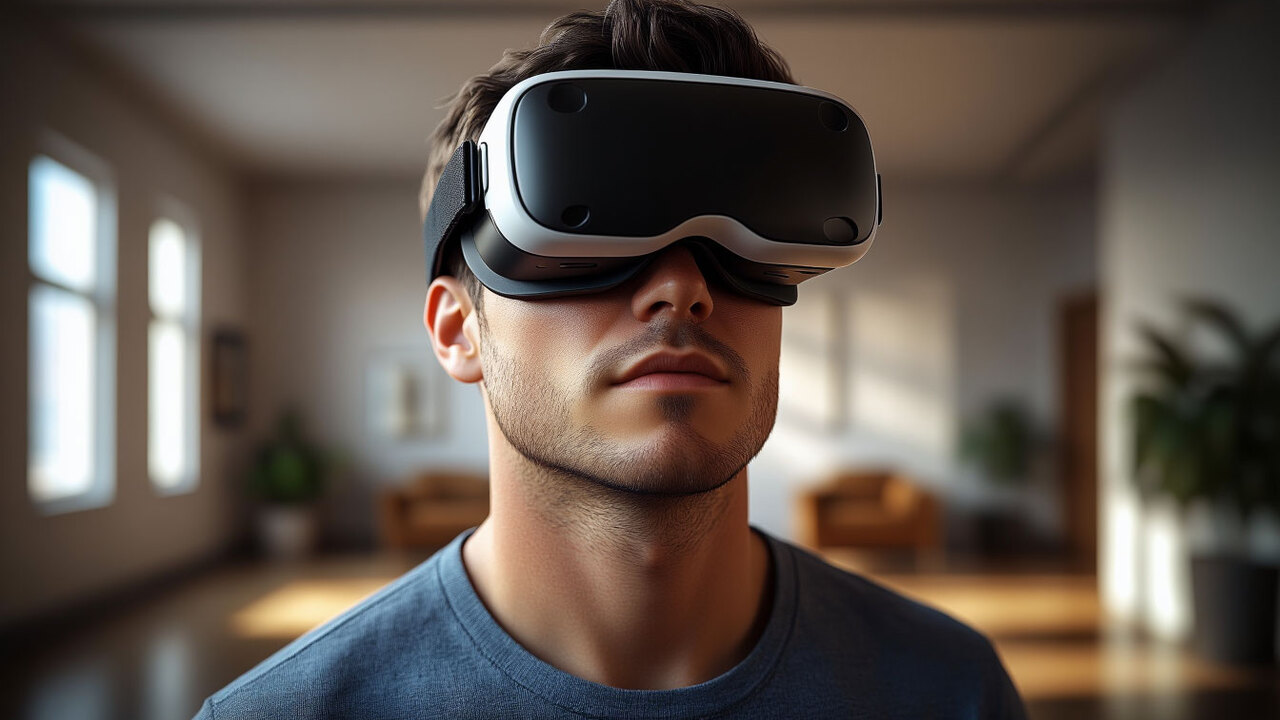Even after 300,000 years of planetary conjunction, the sky continues to fascinate us. Earlier this week, as amateur astronomers and astrophotographers from around the world prepared to watch the highly anticipated “super blue moon,” two more celestial events surprised and intrigued us: rainbow at night and dawn with seven suns.
The night before the Super Blue Moon (18), at least two rare lunar rainbows It has occurred in the skies over the United States. Called “double moonbows” in English, these are actually double-lunar rainbows, that is, with two concentric arcs: an outer and weaker secondary, and another primary that reflects the colors of the spectrum, but the human eye cannot see it to capture them all.
But on the same day, at dawn, an even more impressive event occurred: when a resident of the Chinese city of Chengdu opened the window of his house, I came across the seven rising sunsTo avoid looking crazy, he filmed the scene and the video naturally went viral on social media.
How does science explain the rainbow on the moon?
The “mechanism” behind the lunar rainbow is the same as its solar “cousin”, namely the light from a star (in this case the Moon, which is a reflection of sunlight) It passes through water droplets suspended in the air. This light is then refracted (redirected), dispersed, and separated into the different colors of the visible spectrum.
However, for this phenomenon to be noticed, the moon is approaching or at its fullest phaseBelow 42°, meaning it’s low in the sky but above the horizon. The sky also needs to be very dark and some kind of precipitation needs to occur for the water droplets in front of the star to form.
Even with all these conditions, moonlight, even from a supermoon, is a bit too weak for the color-detecting receptors in our eyes to work properly, preventing us from capturing the fullness of the “ROYGBIV” spectrum. These letters are the English abbreviation for the order of the colors of the rainbow as they appear from the outside to the inside of the arc.
Sun parhelion: How to wake up with seven suns at the window?
The sunburst recorded by the Chinese citizen is even rarer than the double rainbow on the moon and is caused by a combination of factors: it is actually caused by two optical phenomena in the atmosphere that create an optical illusion. This event, known as a parhelion, Sunlight passing through hexagonal ice crystals in cirrus cloudssays the UK weather service, the Met Office.
The first optical phenomenon associated with parhelion is refraction, which occurs when light changes direction as it passes from one physical medium to another, such as from air to ice. The best example of this is when we put a pencil in a translucent glass cup filled with water. When we look from a distance, we see that the writing instrument is broken.
When sunlight enters the ice crystals of cirrus clouds, it undergoes refraction, meaning the light bends in the ice “prisms” and creates bright patches of light, or parhelia. At the same time, white light is dispersed into its component colors, giving the parhelia a spectrum of colors, with red closest to the star and blue on the other side.
Want to learn more about these two rare atmospheric events? Tell us about it on TecMundo’s social networks and share the article with your friends. Until later!
Source: Tec Mundo
I’m Blaine Morgan, an experienced journalist and writer with over 8 years of experience in the tech industry. My expertise lies in writing about technology news and trends, covering everything from cutting-edge gadgets to emerging software developments. I’ve written for several leading publications including Gadget Onus where I am an author.













